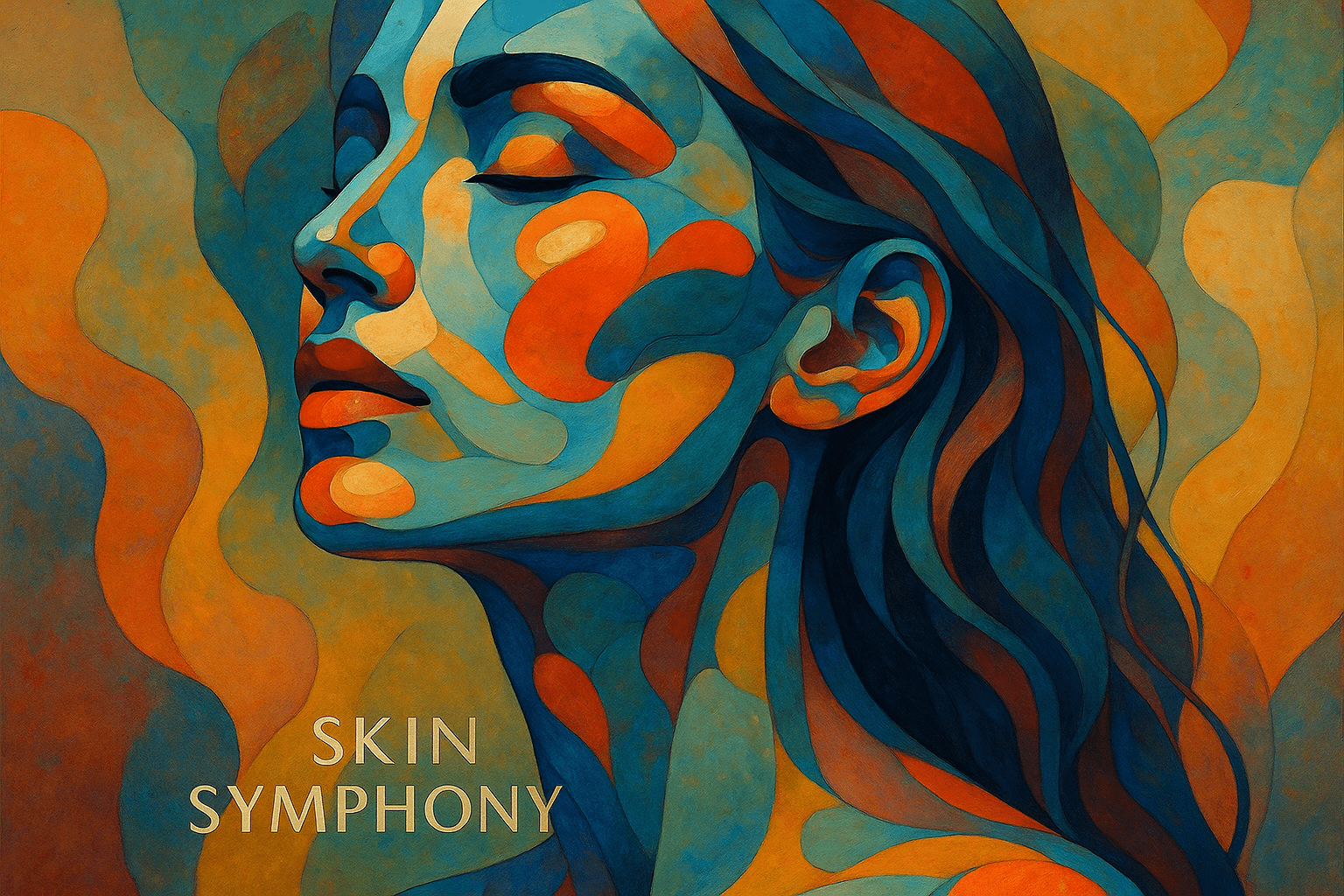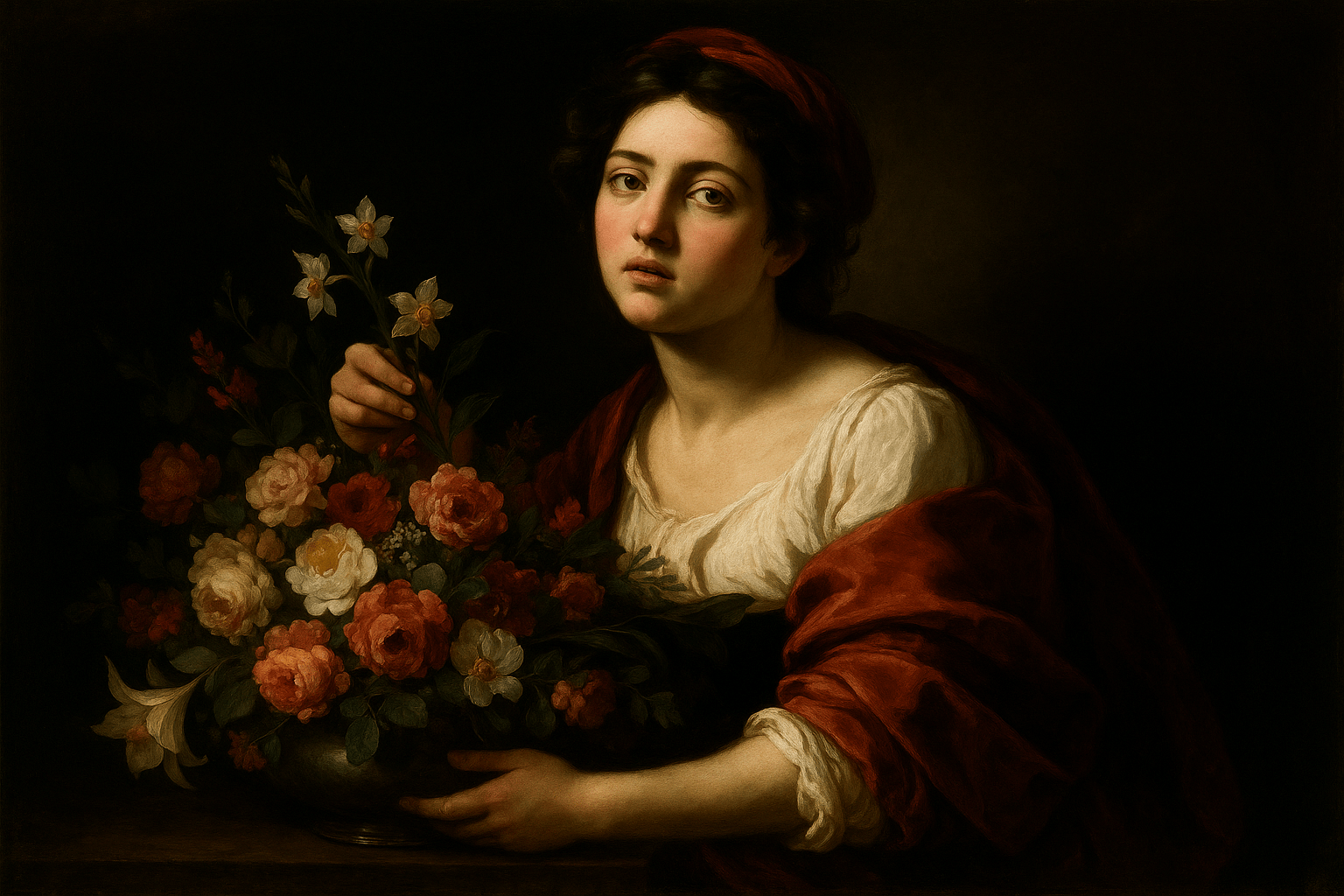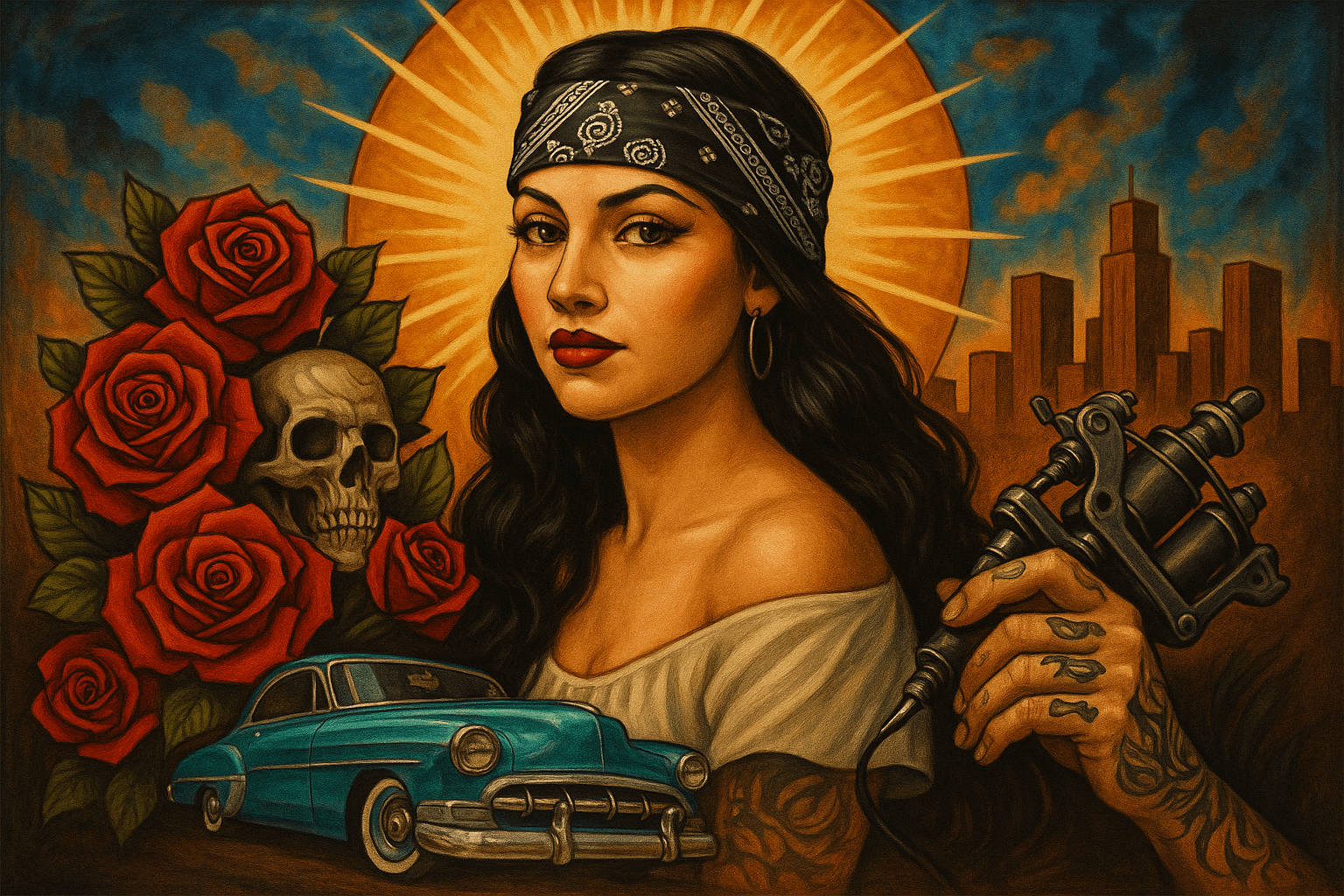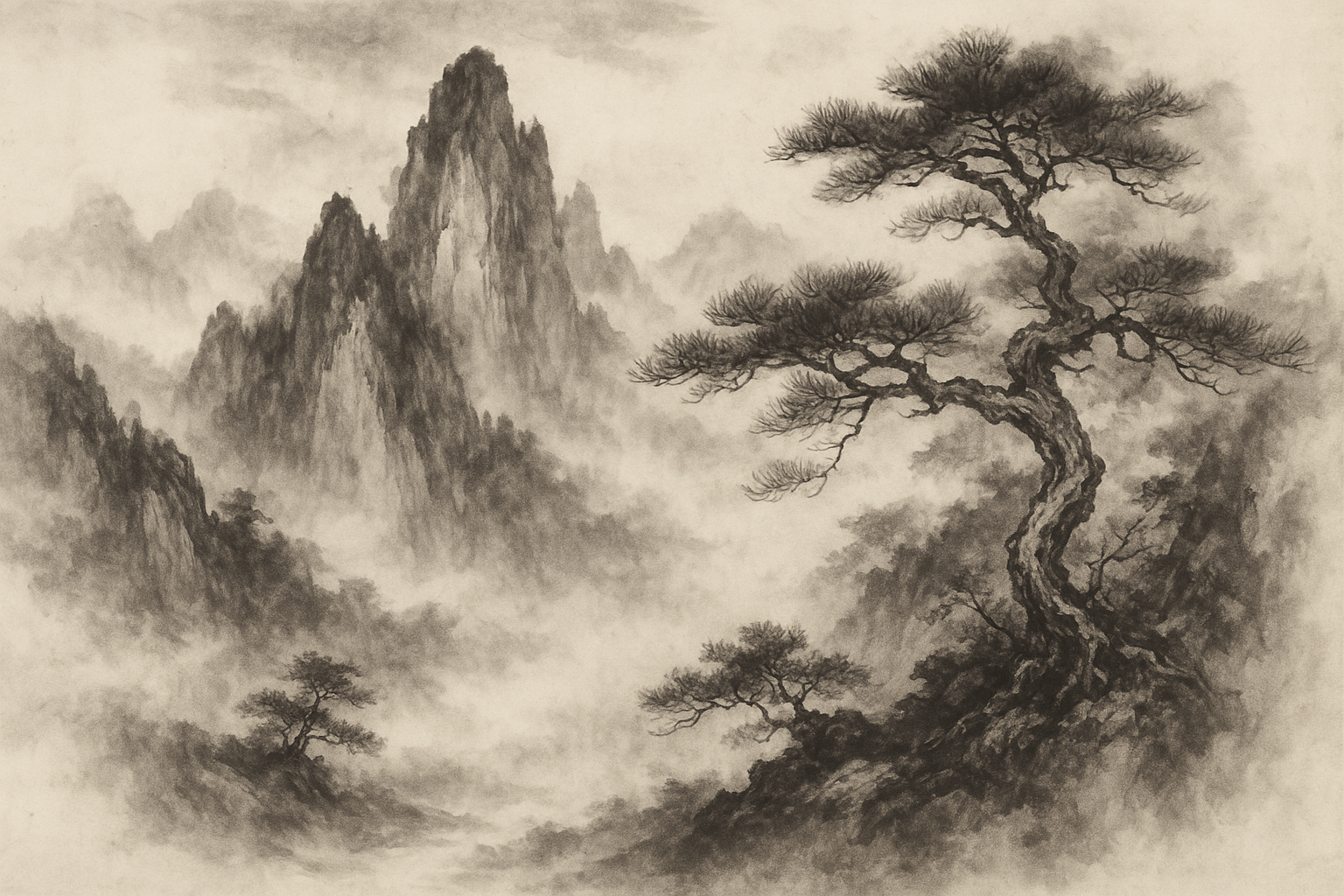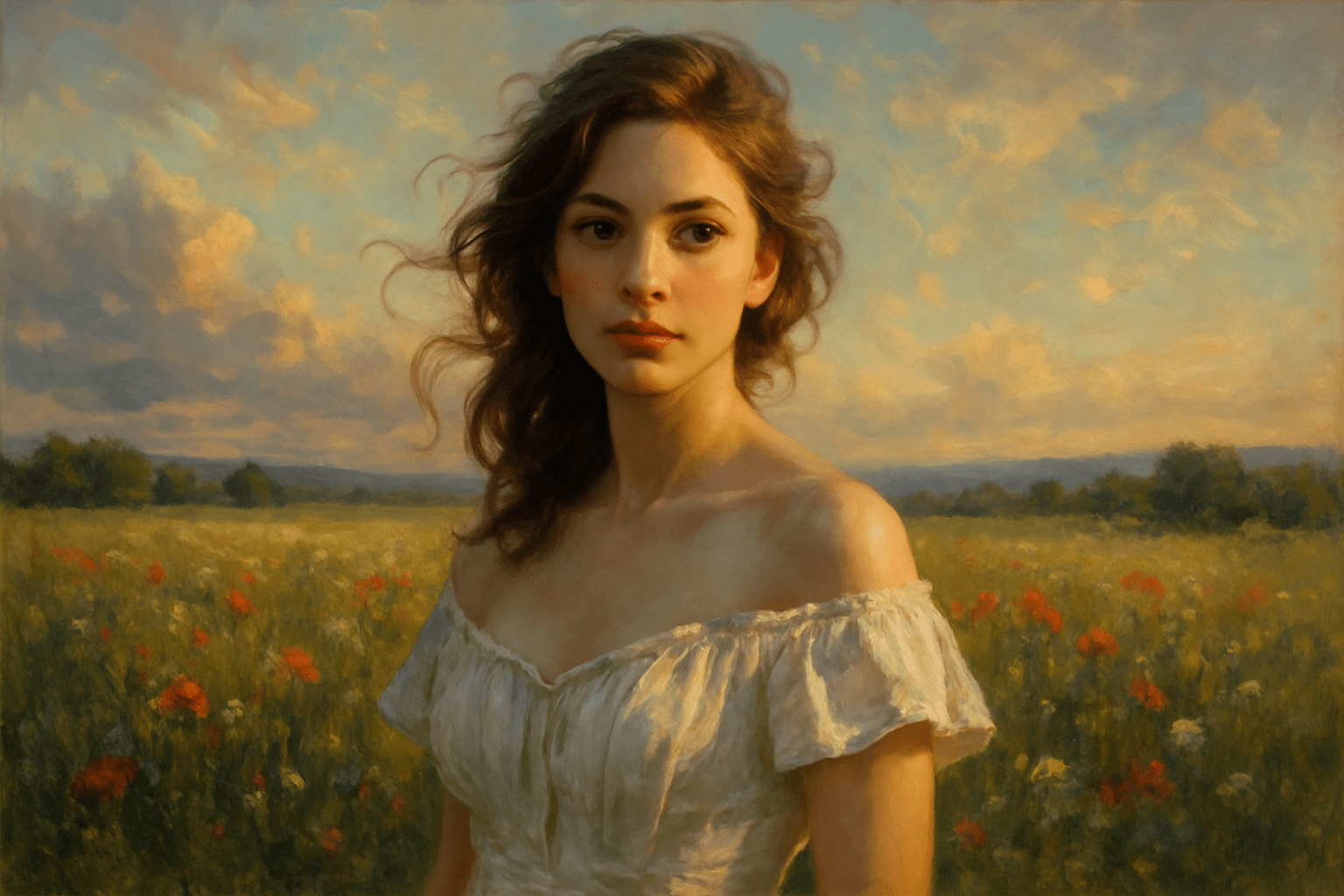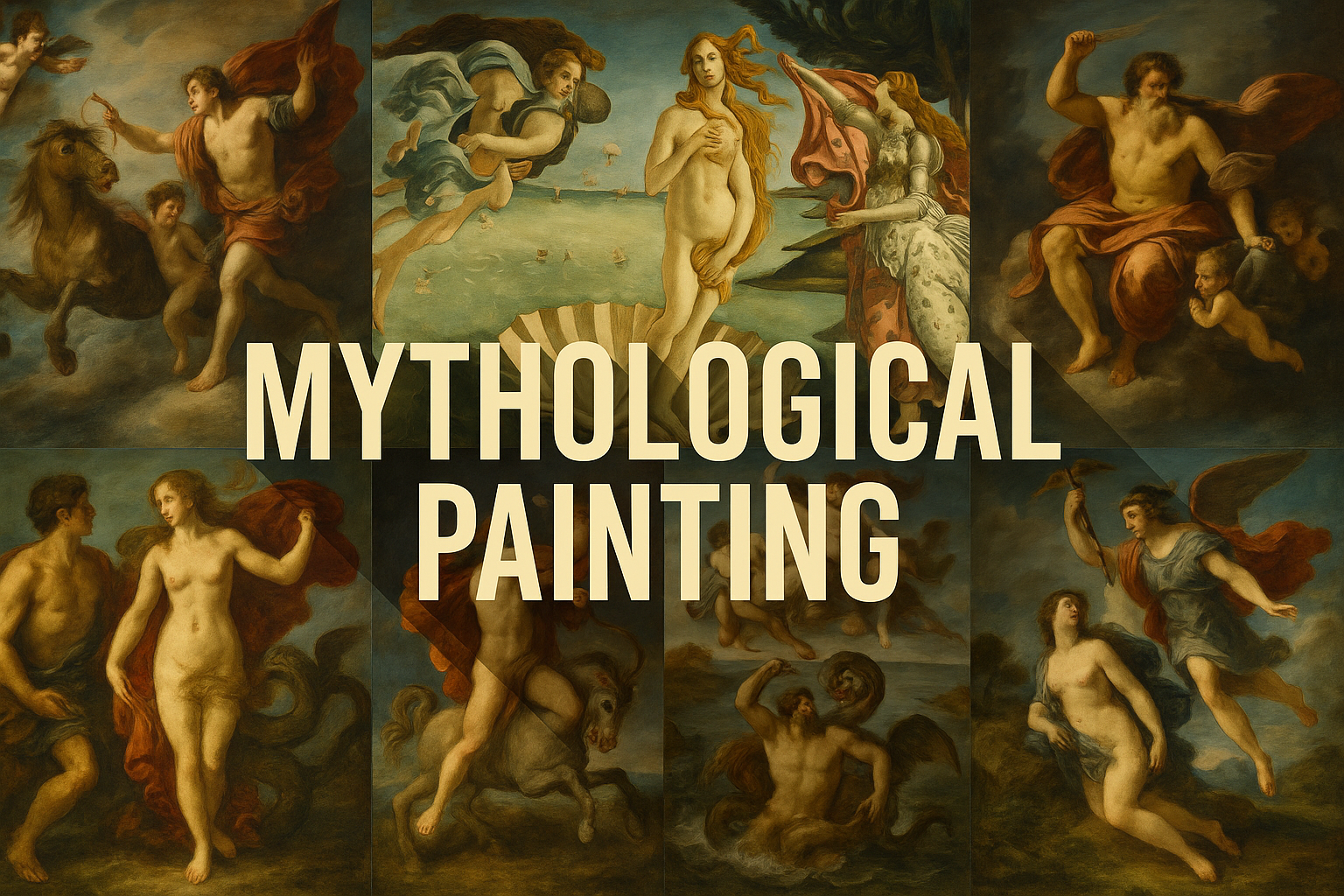
Mythological painting
The art style of Mythological painting is characterized by its use of bright colors and its focus on mythical creatures. The style often includes elements of fantasy and the supernatural, and often depicts scenes from Greek and Roman mythology.
AOI thinking about Mythological painting [+_~]-/
Overview and Quickfacts
Mythological painting is a type of painting that typically features scenes from Greek and Roman mythology. These paintings often depict gods and goddesses, as well as heroes and heroines, in various settings and situations. Mythological paintings may also include scenes from other mythologies, such as Norse mythology or Egyptian mythology.
Can understand it also, as:
Fantasy painting, fairy painting, story painting
Categorize it as:
Impressionism, Modernism
.: Dreaming :.
holds a HAIKU for the art style
:. Thought is power .:
Detailed Description
What is Mythological Painting? Mythological painting is a genre of painting that depicts scenes or stories from Greek or Roman mythology. These paintings often feature gods, goddesses, heroes, and heroines from these ancient myths. Famous Mythological Paintings Some of the most famous mythological paintings include The Birth of Venus by Sandro Botticelli, The Judgement of Paris by Peter Paul Rubens, and The Rape of Europa by Titian. These paintings are not only famous for their subject matter, but also for their beautiful and detailed artwork. Botticelli’s The Birth of Venus, for example, is one of the most iconic paintings of the Renaissance period. What Makes Mythological Paintings so Popular? Mythological paintings are popular for a number of reasons. First, they offer a glimpse into another world – the world of Greek and Roman mythology. This can be fascinating for people who are interested in these ancient cultures. Second, mythological paintings are often very beautiful and well-crafted. They are typically made by skilled and talented artists who put a lot of time and effort into their work. Finally, mythological paintings often tell a story. This can make them even more interesting and enjoyable to look at. If you’re interested in learning more about mythological paintings, or if you simply enjoy looking at beautiful artwork, be sure to check out some of the famous paintings mentioned above. You’re sure to be impressed by the skill and artistry that went into their creation!
.. beep, beep, beep ..
<START OF TRANSMISSION>
1. Mythological paintings often depict gods, goddesses, and other supernatural beings from Greek and Roman mythology. 2. These paintings can be found in both ancient and modern art. 3. Many famous painters have created mythological paintings, including Sandro Botticelli, Peter Paul Rubens, and John William Waterhouse. 4. These paintings often feature bright colors and dramatic scenes. 5. They can be used to tell stories or convey messages about the human condition. 6. Mythological paintings often deal with themes of love, death, and war. 7. They can be used to teach lessons about morality and human nature. 8. Mythological paintings often depict the struggle between good and evil. 9. They can be used to inspire hope or instill fear in viewers. 10. Mythological paintings can be beautiful and moving, or dark and disturbing. 11. They often provoke strong emotions in those who view them. 12. Mythological paintings can be found in museums and art galleries around the world. 13. They are often studied by art historians and students of mythology. 14. Mythological paintings can be used to interpret the myths they depict. 15. They can also be appreciated simply for their beauty and artistry. 16. Mythological paintings often depict scenes from famous myths, such as the Trojan War or the labors of Hercules. 17. They can also depict lesser-known myths, or even create new myths of their own. 18. Mythological paintings can be realistic or fantastical in nature. 19. They often incorporate elements of the natural world, such as animals, plants, and landscapes. 20. Mythological paintings can be used to transport viewers to another time and place.
<EOF>
.. robbel bob
Visual Examples from our image gallery
Coming soon, we are so slow .. might never come
Artists, Paintings, and more
(be aware, can be highly speculative)
Artists (be aware, speculation possible):
1. William Blake (1757-1827) 2. John Martin (1789-1854) 3. Edward John Poynter (1836-1919) 4. Frederic Leighton (1830-1896) 5. Lawrence Alma-Tadema (1836-1912) 6. George Frederic Watts (1817-1904) 7. John William Waterhouse (1849-1917) 8. Arthur Rackham (1867-1939) 9. Maxfield Parrish (1870-1966) 10. Howard Pyle (1853-1911) 11. N. C. Wyeth (1882-1945) 12. Frank Frazetta (1928-2010) 13. Robert Crumb (b. 1943) 14. Simon Bisley (b. 1960) 15. Julie Bell (b. 1958) 16. Boris Vallejo (b. 1941) 17. Frank Cho (b. 1971) 18. James Gurney (b. 1958) 19. Todd Lockwood (b. 1963) 20. John Howe (b. 1952) 21. Alan Lee (b. 1947) 22. Paul Bonner (b. 1970) 23. Greg Hildebrandt (b. 1939) 24. Tim Hildebrandt (1941-2006) 25. Clyde Caldwell (b. 1951) 26. Julie Dillon (b. 1984) 27. Rebecca Guay (b. 1963) 28. Kinuko Y. Craft (b. 1948) 29. Yuko Shimizu (b. 1973) 30. John Jude Palencar (b. 1954)
Artworks (be aware, speculation possible)
1. The Birth of Venus, 1486, by Sandro Botticelli 2. The Three Graces, c. 1520, by Raphael 3. The Judgement of Paris, 1510, by Lucas Cranach the Elder 4. Diana and Callisto, 1559, by Titian 5. Apollo and Daphne, 1625-1626, by Peter Paul Rubens 6. Orpheus and Eurydice, 1648, by Nicolas Poussin 7. Pygmalion and Galatea, 1669-1670, by Jean-Baptiste Pigalle 8. The Rape of Europa, 1679-1680, by Rembrandt 9. Perseus and Andromeda, 1622, by Peter Paul Rubens 10. The Abduction of Helen, 1630, by Nicolas Poussin 11. The Abduction of Proserpina, 1621-1622, by Peter Paul Rubens 12. Bacchus and Ariadne, 1522-1523, by Titian 13. The Triumph of Neptune, 1634-1635, by Peter Paul Rubens 14. The Triumph of Bacchus, 1628-1629, by Peter Paul Rubens 15. The Triumph of Silenus, 1628-1629, by Peter Paul Rubens 16. The Triumph of Truth, 1628-1629, by Peter Paul Rubens 17. The Triumph of Time, 1628-1629, by Peter Paul Rubens 18. The Triumph of Justice, 1628-1629, by Peter Paul Rubens 19. The Triumph of Religion, 1628-1629, by Peter Paul Rubens 20. The Triumph of Death, 1628-1629, by Peter Paul Rubens 21. The Triumph of the Virtues, 1628-1629, by Peter Paul Rubens 22. The Triumph of the Seven deadly Sins, 1628-1629, by Peter Paul Rubens 23. The Triumph of the Four Elements, 1628-1629, by Peter Paul Rubens 24. The Triumph of the Four Continents, 1628-1629, by Peter Paul Rubens 25. The Triumph of the Four Seasons, 1628-1629, by Peter Paul Rubens 26. The Triumph of the Four Parts of the World, 1628-1629, by Peter Paul Rubens 27. The Triumph of the Four Evangelists, 1628-1629, by Peter Paul Rubens 28. The Triumph of the Four Doctors of the Church, 1628-1629, by Peter Paul Rubens 29. The Triumph of the Four Virtues, 1628-1629, by Peter Paul Rubens 30. The Triumph of the Four Elements, 1628-1629, by Peter Paul Rubens
Epoch
The time period of the art style Mythological painting is from the Renaissance period to the present day.
AI ART RESSOURCES (AKA, well Tools)
Helping tools -> predefined search links on other pages:







